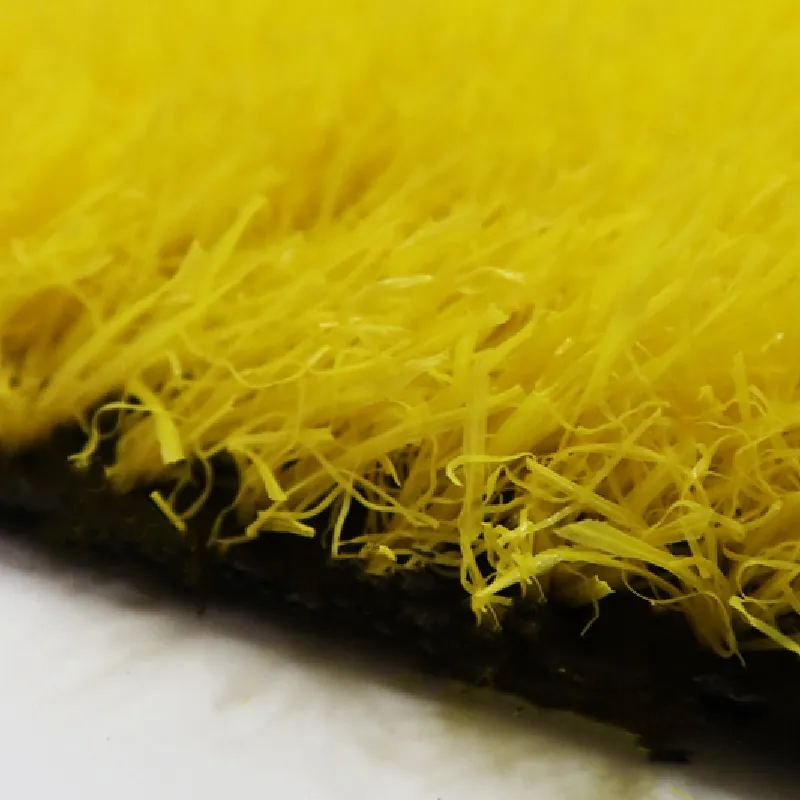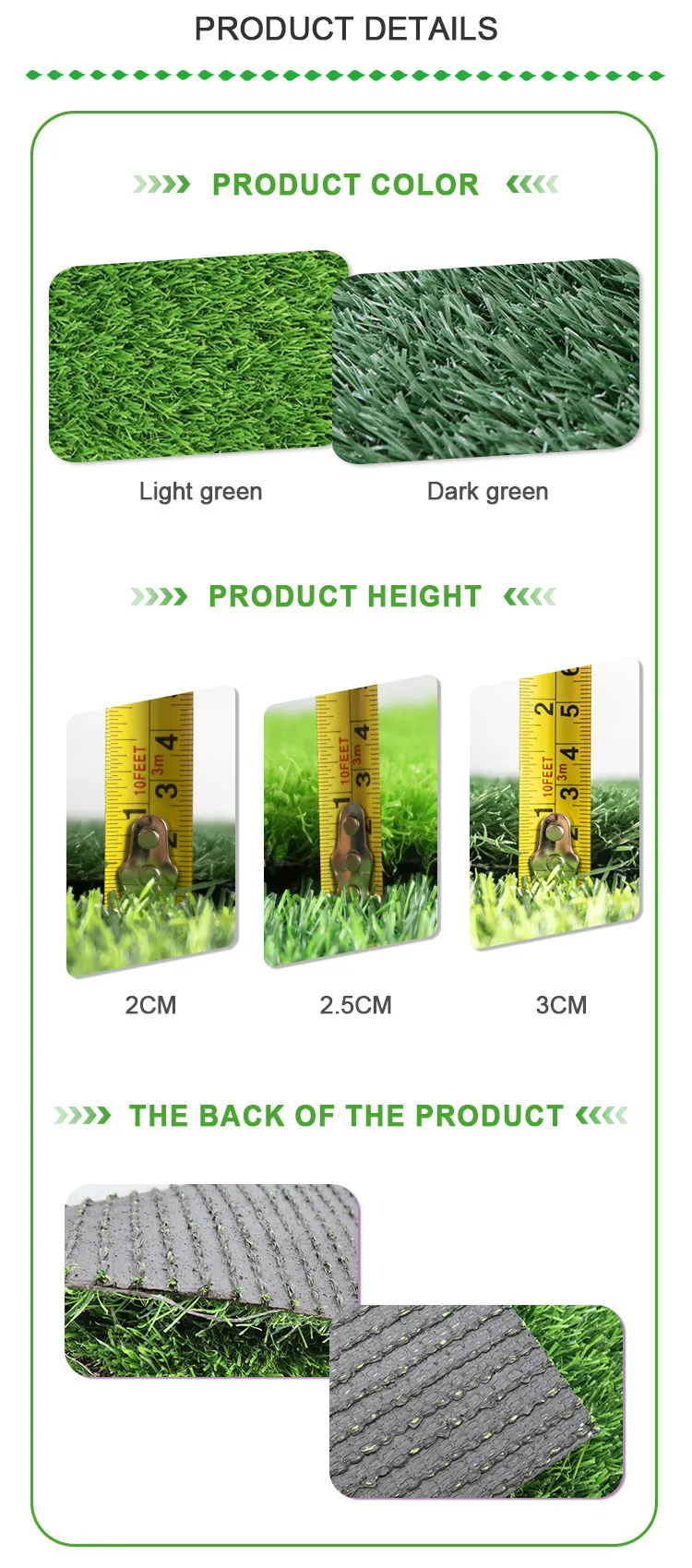Welcome to Hoyarn
Call Us Any Time:+86 19801805999
Email Us: info@hoyarn.cn

- Afrikaans
- Arabic
- Belarusian
- Bengali
- Czech
- Danish
- Dutch
- English
- Esperanto
- Estonian
- Finnish
- French
- German
- Greek
- Hindi
- Hungarian
- Icelandic
- Indonesian
- irish
- Italian
- Japanese
- kazakh
- Rwandese
- Korean
- Kyrgyz
- Lao
- Latin
- Latvian
- Malay
- Mongolian
- Myanmar
- Norwegian
- Persian
- Polish
- Portuguese
- Romanian
- Russian
- Serbian
- Spanish
- Swedish
- Tagalog
- Tajik
- Thai
- Turkish
- Turkmen
- Ukrainian
- Urdu
- Uighur
- Uzbek
- Vietnamese
futsal artificial turf
Feb . 10, 2025 11:48 Back to list
futsal artificial turf
The cost of constructing and maintaining a turf soccer field is multifaceted, involving various factors that require thorough investigation for both newcomers and seasoned professionals in the sports facility construction industry. Understanding these factors is essential for making informed financial and strategic decisions.
The cost of ongoing maintenance is another consideration. Even though synthetic turf requires less maintenance than natural grass, regular cleaning, brushing, infill replacement, and checking for damages are necessary to retain the field's integrity and usability. Automated maintenance equipment can streamline these tasks, but it represents an additional investment. Equally, installing additional facilities and features like lighting, fencing, seating, and scoreboards enhances the field's usability and audience engagement but increases costs. Evaluating necessary infrastructure based on the facility's primary use – whether for local community activities, club leagues, or professional matches – helps in efficiently allocating resources. Furthermore, regulatory compliance and certification should not be overlooked. Depending on the region, specific safety standards for field construction might need to be observed, potentially necessitating additional expenditures for compliance. Ensuring that the turf meets governing bodies' standards can be vital, particularly if the field will host regulated matches. On the revenue side, one should consider the return on investment. Strategizing usage through rentals for leagues, tournaments, or community events can provide a steady income stream, offsetting initial costs over time. A market analysis can aid in determining competitive pricing and identifying potential user groups within the community. In summary, the cost of a turf soccer field is not a fixed figure but a combination of choices reflecting quality, durability, maintenance demands, and intended use. To make well-informed decisions, stakeholders must consider budget constraints, usage needs, and long-term vision. Consulting with experienced professionals and analyzing successful case studies of field installations can provide valuable insights and help avoid common pitfalls. Through careful planning and strategic investment, the financial viability and community value of a turf soccer field can be significantly enhanced.


The cost of ongoing maintenance is another consideration. Even though synthetic turf requires less maintenance than natural grass, regular cleaning, brushing, infill replacement, and checking for damages are necessary to retain the field's integrity and usability. Automated maintenance equipment can streamline these tasks, but it represents an additional investment. Equally, installing additional facilities and features like lighting, fencing, seating, and scoreboards enhances the field's usability and audience engagement but increases costs. Evaluating necessary infrastructure based on the facility's primary use – whether for local community activities, club leagues, or professional matches – helps in efficiently allocating resources. Furthermore, regulatory compliance and certification should not be overlooked. Depending on the region, specific safety standards for field construction might need to be observed, potentially necessitating additional expenditures for compliance. Ensuring that the turf meets governing bodies' standards can be vital, particularly if the field will host regulated matches. On the revenue side, one should consider the return on investment. Strategizing usage through rentals for leagues, tournaments, or community events can provide a steady income stream, offsetting initial costs over time. A market analysis can aid in determining competitive pricing and identifying potential user groups within the community. In summary, the cost of a turf soccer field is not a fixed figure but a combination of choices reflecting quality, durability, maintenance demands, and intended use. To make well-informed decisions, stakeholders must consider budget constraints, usage needs, and long-term vision. Consulting with experienced professionals and analyzing successful case studies of field installations can provide valuable insights and help avoid common pitfalls. Through careful planning and strategic investment, the financial viability and community value of a turf soccer field can be significantly enhanced.
Latest news
-
The Benefits of Artificial Turf for Indoors
NewsJul.15,2025
-
How Artificial Grass Suppliers Ensure Quality Products
NewsJul.15,2025
-
Artificial Grass and Pets: A Space for Relaxation
NewsJul.08,2025
-
Balcony & Outdoor Decoration with Artificial Grass
NewsJul.08,2025
-
Best Indoor Artificial Grass for Home
NewsJul.07,2025
-
Best Pet Turf for Dogs: Safe & Durable Artificial Grass Options
NewsJul.07,2025
Products categories









